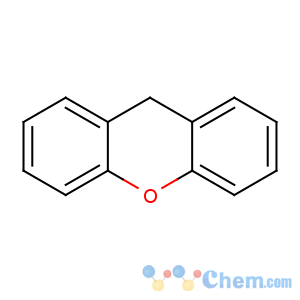Title: Xanthan Gum
CAS Registry Number: 11138-66-2
Synonyms: Polysaccharide B-1459
Trademarks: Kelgum (CP Kelco); Keltrol (CP Kelco); Kelzan (CP Kelco); Xantural (CP Kelco)
Literature References: Mol wt >106. Polysaccharide gum produced by the bacterium
Xathomonas campestris: A. Jeanes
et al., J. Appl. Polym. Sci. 5, 519 (1961). Composed of D-glucosyl, D-mannosyl and D-glucosyluronic acid residues and differing proportions of
O-acetyl and pyruvic acid acetal. The primary structure consists of a cellulose backbone with trisaccharide side chains, the repeating unit being a pentasaccharide. Structural studies: J. H. Sloneker
et al., Can. J. Chem. 40, 2066, 2188 (1962);
42, 1261 (1964); P. E. Jansson
et al., Carbohydr. Res. 45, 275 (1975); L. D. Melton
et al., ibid. 46, 245 (1976). Review of structure and use in chemically enhanced oil recovery: G. Holzwarth,
Dev. Ind. Microbiol. 26, 271-280 (1985); of macromolecular properties: B. T. Stokke
et al. in
Polysaccharides, S. Dumitriu, Ed. (Dekker, New York, 1998) pp 433-472. Review of production and industrial uses: F. Garcia-Ochoa
et al., Biotechnol. Adv. 18, 549-579 (2000).
Properties: Cream-colored, odorless, free-flowing powder. Dissolves readily in water with stirring to give highly viscous solns at low concns. Forms strong films on evaporation of aq solns. Resistant to heat degradation. Aq solns are highly pseudoplastic.
Use: In foods, pharmaceuticals, and cosmetics as stabilizer and thickening agent. For rheology control in water-based systems. In oil and gas drilling and completion fluids.

